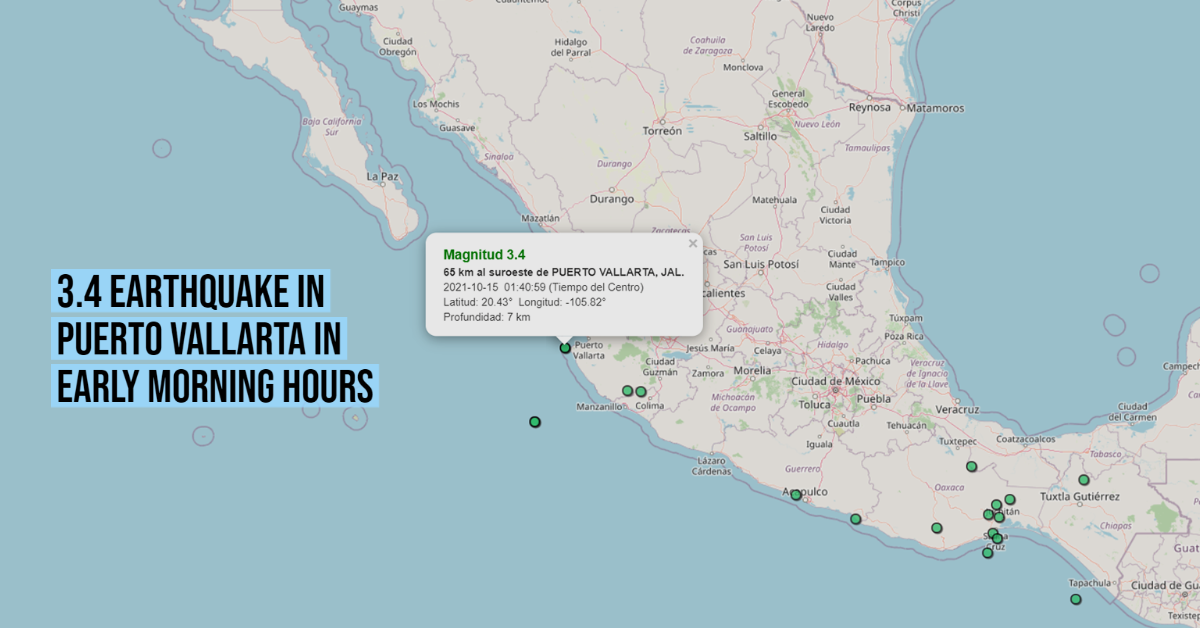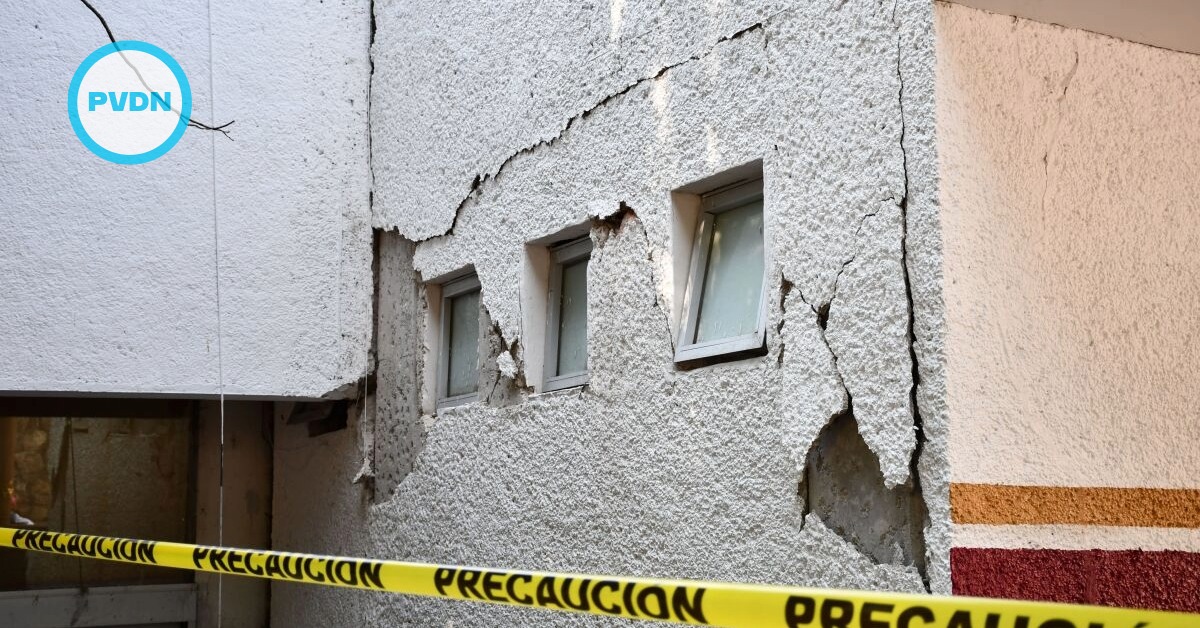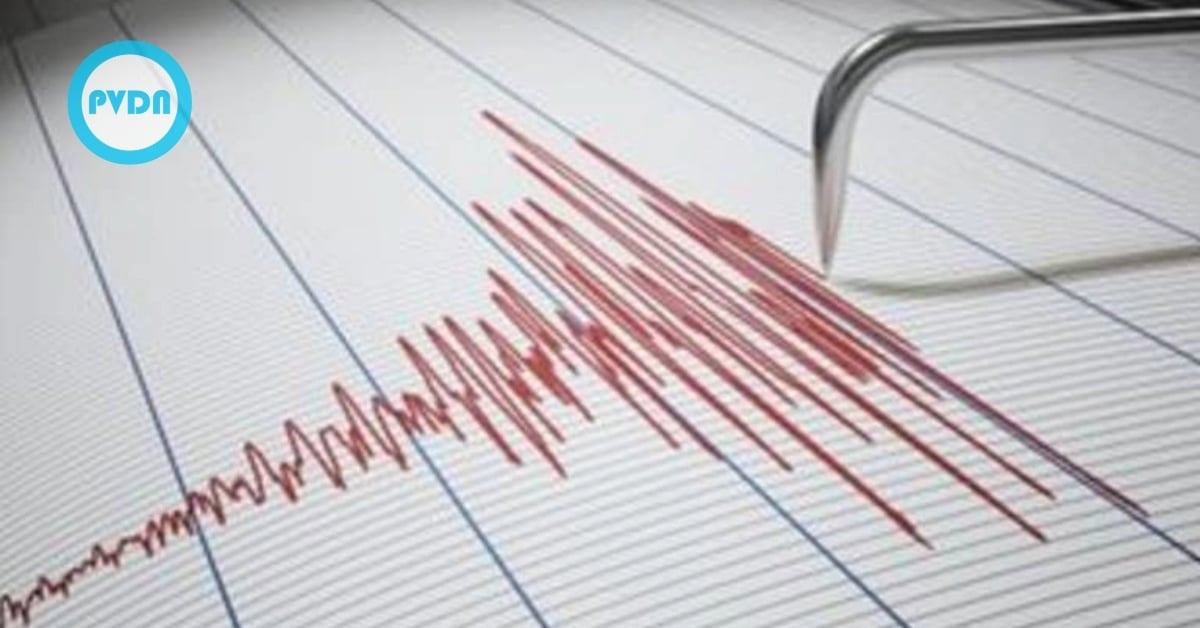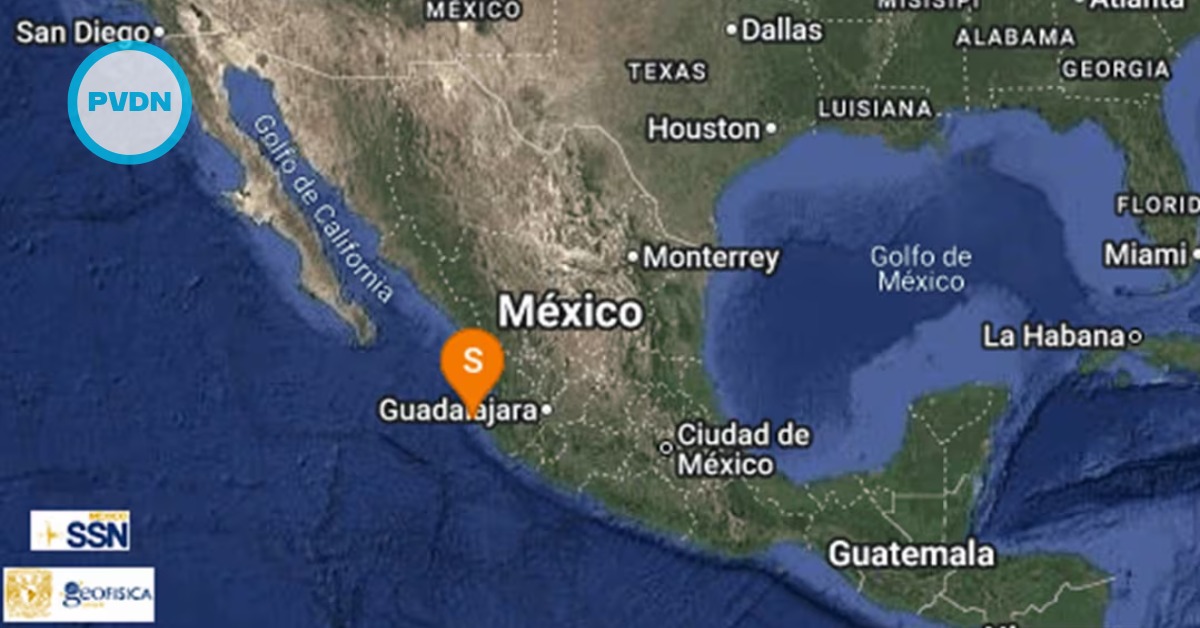A very light earthquake, 3.4 degrees on the Richter scale, was recorded in Puerto Vallarta. The episode took place at 1:40 am, with an epicenter 65 km southwest of the town and a depth of 7 kilometers.
A 3.4 earthquake would normally not cause damage or be perceived by most people within the quake area.
The most recent and memorable earthquake in Puerto Vallarta occurred on October 9, 1995, at 9:35 a.m., a magnitude 8 earthquake originated 10 kilometers (km) southeast of Manzanillo with a depth of 25 km, off . . .





